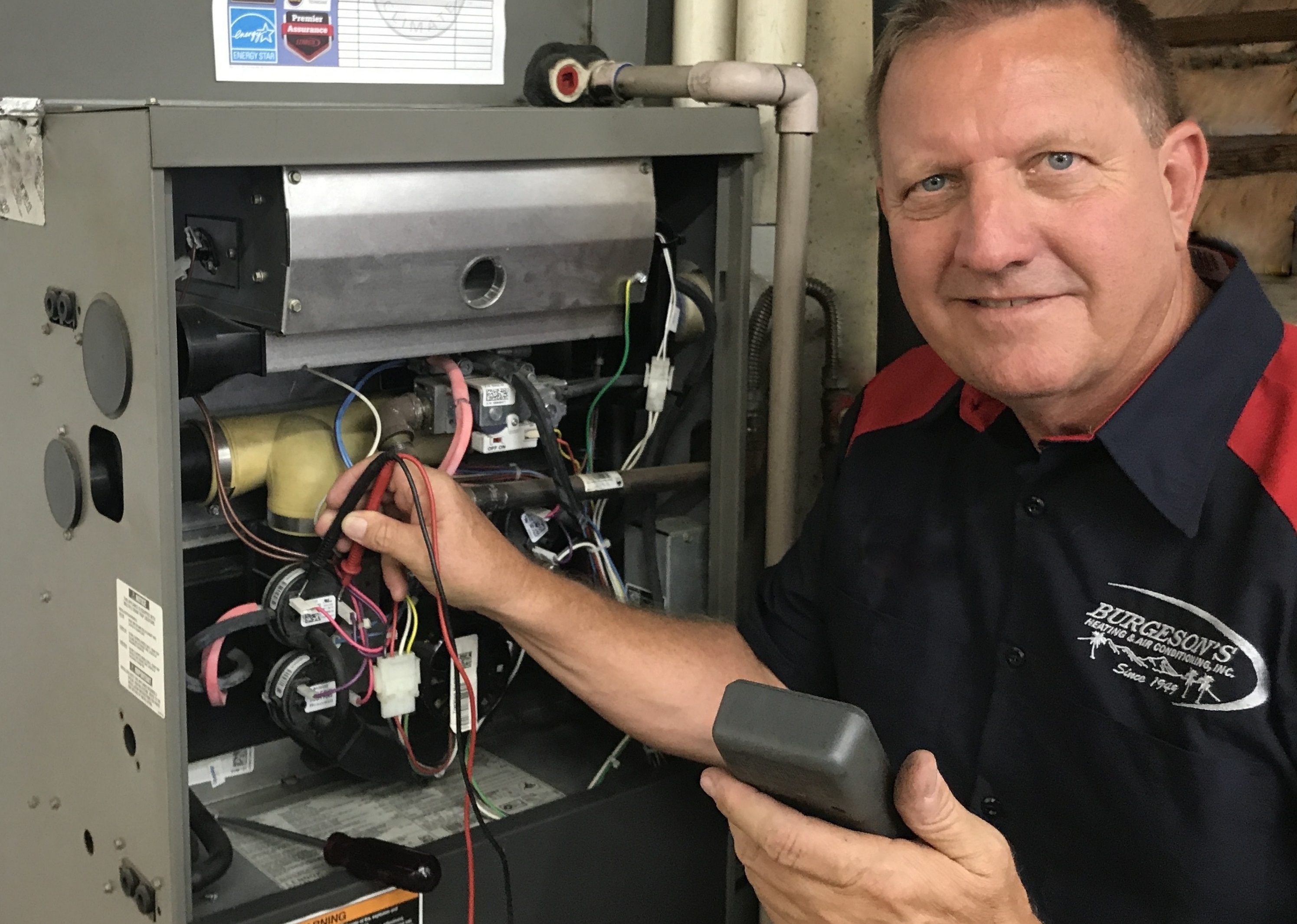Heating your home can be expensive. If you’re not careful, you can end up paying a shocking energy bill.
While properly controlling your heat throughout the winter can help you lower your energy bills, it still may not be enough. If your HVAC system is not energy efficient, it can feel like you’re burning cash just to stay warm.
The more efficient your HVAC system is, the less it should cost to run. However, it's not necessarily easy to know when your system is working the best it can.
If you are unsure about your HVAC system’s level of efficiency, here are some ways to find out.
Know Your AFUE Rating
The annual fuel utilization efficiency (AFUE) is a key factor in measuring HVAC Energy Efficiency. It determines how effectively your heater converts fuel into energy. The higher the AFUE rating, the more efficient the heater. Improving HVAC Efficiency can significantly reduce energy waste and lower heating costs.
For instance, a 98% AFUE rating means that 98% of the fuel used is converted into heat, with only 2% lost. In contrast, older furnaces with a 56% AFUE rating waste 44% of their fuel as excess heat vented outside. Upgrading to a more efficient system enhances HVAC System Efficiency, ensuring better heating performance while cutting energy costs.
Your heater’s AFUE rating can typically be found in its user manual or on a sticker inside the furnace cabinet. If it’s not readily available, checking with the manufacturer or searching for the heater’s make and model online can provide the necessary details.
To qualify as a high-efficiency furnace, the AFUE rating must be 90% or higher. In moderate climates, an 80% AFUE-rated heater is often sufficient. The minimum AFUE rating required for new systems is 78%, but upgrading to a higher-rated unit improves overall HVAC Energy Efficiency, helping homeowners save on utility bills while reducing their carbon footprint.
SEER Rating and Cooling Efficiency
Just as AFUE measures heating efficiency, the Seasonal Energy Efficiency Ratio (SEER) rating is essential for determining cooling efficiency. A higher SEER rating means an air conditioning system uses less energy to provide the same level of cooling. Modern HVAC units have a minimum SEER rating of 14, while high-efficiency models can exceed SEER 20.
Upgrading to an air conditioner with a high SEER rating enhances HVAC Energy Efficiency, reducing electricity consumption and lowering cooling costs. When considering a new HVAC system, homeowners should evaluate both AFUE and SEER ratings to maximize energy savings throughout the year.
Consider Your HVAC System's Age
Understanding your HVAC system’s AFUE and SEER ratings is a great starting point for assessing its efficiency, but they don’t always tell the whole story.
On average, an HVAC system lasts about 15-20 years. However, even with the excellent ratings, its performance can decline by up to 5% each year without proper maintenance.
Although you may have taken great care of your equipment over the years, components will begin to wear down with age and steady use. Besides, with so many advances in HVAC technology, even a 10-year-old system could benefit from an upgrade.
Consider your HVAC system's age and its original SEER and AFUE ratings, and do the math. If HVAC energy efficiency and saving money on your utility bill are important to you, you may decide to start preparing for that purchase sooner rather than later.
Compare Energy Bills
It’s natural for energy bills to fluctuate from time to time. Changing seasons, living situations, or a rise in energy costs are common culprits.
However, comparing the amount of energy you’re using each month can help you identify if your HVAC system is losing efficiency. If your energy bill is significantly higher than the same time last year, your system may not be running as well as it could be.
Keep an eye on your heating and cooling bills and note any outside influences that may contribute to a higher bill, such as changing climate patterns from year to year, lack of maintenance performed, or general home upgrades needed like insulation, windows, and weather-stripping. Tracking these shifts can help you make smarter choices about HVAC energy efficiency.
Maintain Your HVAC System’s Efficiency
Whether you’re in the market for a new system or you’re hoping to keep your current system running as long as possible, taking proper care of your HVAC system can help maintain its efficiency. Some common signs of inefficiency include frequent cycling, uneven temperatures, excessive noise, and unusually high energy bills. These issues may indicate it’s time for maintenance or an upgrade.
If you’re in the market for a new system, a conscientious advisor will take your local climate and personal preferences into account and propose the ideal equipment for your home. To keep your AFUE & SEER ratings as accurate as possible, maintain a regular schedule of check and service appointments to keep your system running at its best.
Additional Factors Impacting HVAC Efficiency
Size and Heating/Cooling Needs of Your Home
The size of your HVAC system must match the heating and cooling needs of your home. Oversized or undersized systems can lead to inefficiencies, higher energy bills, and uneven temperatures.
Your Climate Zone
Your location greatly affects your HVAC efficiency. Systems in colder climates benefit from high AFUE ratings, while warmer climates should prioritize SEER ratings for cooling efficiency.
Energy Star Ratings
Look for HVAC systems with Energy Star certification. These units meet strict energy efficiency guidelines set by the U.S. Environmental Protection Agency and Department of Energy.
Contact Burgeson’s for HVAC Solutions
The expert Service and Maintenance Technicians at Burgeson’s can help you properly maintain your HVAC system to ensure it is running as efficiently as possible.
If you’re ready to request a maintenance appointment or if you'd like to speak to a Comfort Advisor about installing a new, high-efficiency system, give us a call at (909) 792-2222. We’d be happy to help you find an efficient heating and cooling solution that meets your needs.












